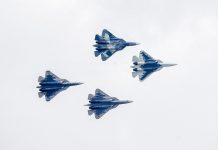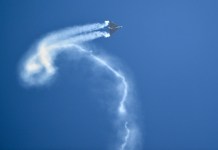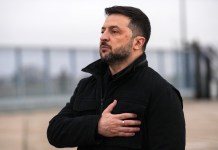Special Report By Alan Cunningham
The North Atlantic Treaty Organization’s (NATO) defense ministers met on October 21 to discuss a wide array of security issues ranging from Afghanistan to Artificial Intelligence (AI). However, the most prominent issue discussed was that of Russia.
One of the greatest and most serious threats to European security, Russia has remained a consistent and sharp thorn in the side of the intergovernmental security body. The NATO defense ministers have announced a new strategic plan to counter Russian aggression in Europe.
NATO Secretary-General Jans Stoltenberg stated during a news briefing that the ministers, “are implementing a balanced package of political and military measures to respond to [Russia’s destabilizing behavior]” while iterating that NATO does not intend to “deploy new land-based nuclear missiles in Europe” as a countering move.
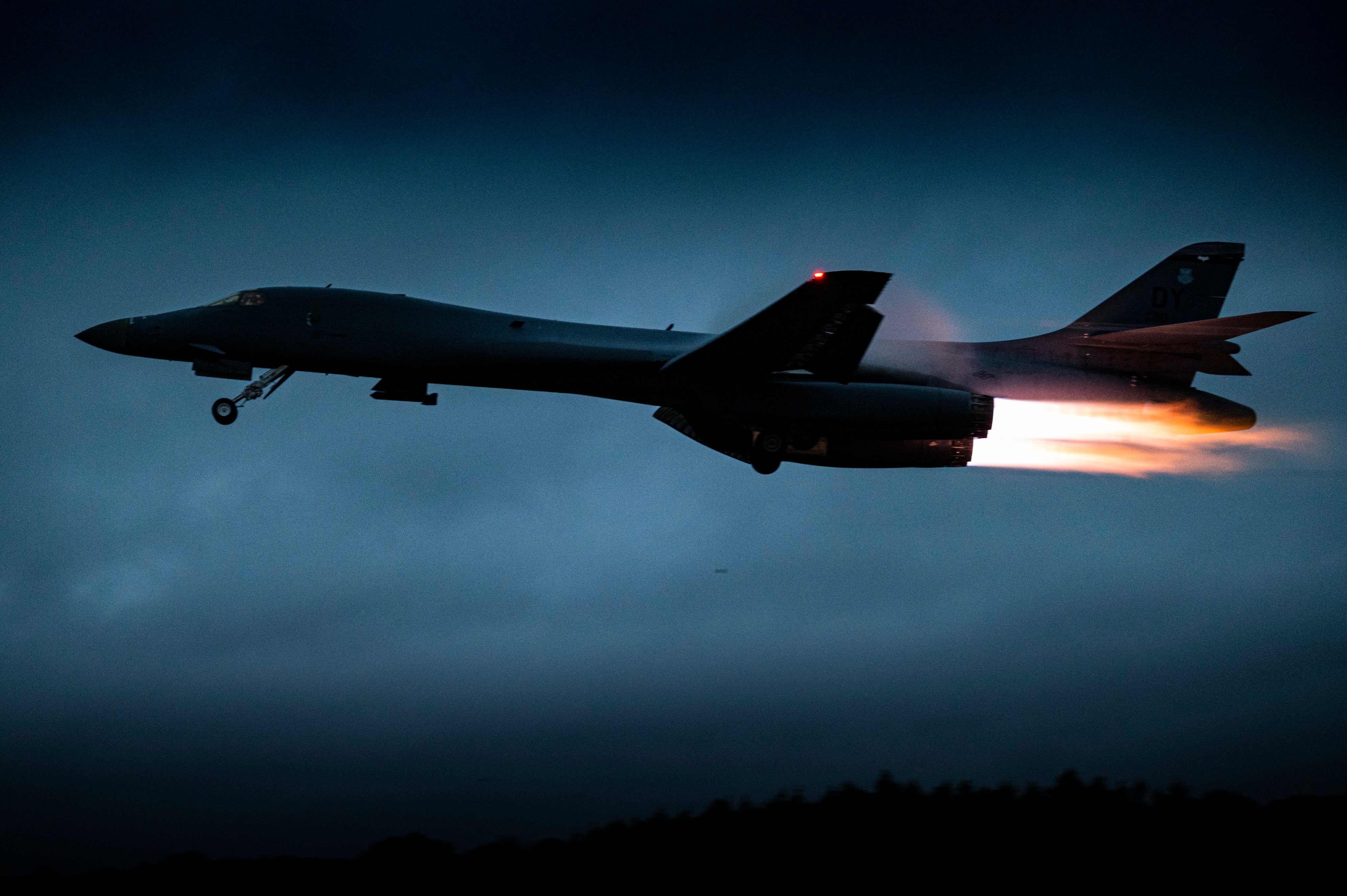
Instead, NATO’s measures will include “significant improvements to our air and missile defenses, strengthening our conventional capabilities with fifth-generation jets, adapting our exercises and intelligence and improving the readiness and effectiveness of our nuclear deterrent”.
According to Defense News, the members approved plans for exercises, intelligence activities, artificial intelligence standards and technological innovation ― as well as the plan for thousands of mutually agreed upon targets… [and plans] to invest in missile systems like the Raytheon Technologies-built Patriot and the SAMP/T air defense system made by Eurosam.
Very recently, relations between NATO, the West, and Russia have become severely tense. Earlier this month, the organization “expelled eight Russian diplomats it says have been working as intelligence officers” while emphasizing these expulsions came “in response to suspected malign Russian activities, including killings and espionage”.
Following this, two days before the NATO defense ministers meeting, Russia suspended the entire “diplomatic mission to NATO”, with Foreign Minister Sergey Lavrov explicitly identifying expulsions as the reason behind Russia’s actions.
?10/18/2021 #Putin suspended mission to NATO & ordered closure of NATO's office in #Moscow. FM #Lavrov said in retaliation for NATO's expulsion 10/07/2021 of 8 #Russian #diplomats Moscow´s delegation to NATO, alleged #spyes & halved size delegates to 10 pic.twitter.com/Pv9racW5gF
— WORLD PRESS AGENCY/PRESSE MONDIALE/PRENSA MUNDIAL (@vivolibrefeliz) October 19, 2021
Earlier on October 21, five Russian jets flew too close to Alaska, without entering US or Canadian airspace further increasing tensions between the giant nation and Western powers.
Historically, Russia has long had a tense relationship with NATO. Previously, in 2018, NATO had “expelled seven Russian diplomats over the [Sergei Skripal] nerve agent attacks” in addition to rejecting “accreditation request from Moscow for three other officials”. Since 2014, with the annexation of Crimea, Russia and NATO have been at odds with one another.
Ракетный подводный крейсер стратегического назначения «Князь Олег» в рамках программы государственных испытаний выполнил стрельбу баллистической ракетой «Булава» из акватории Белого моря https://t.co/7ii7F86Vhi#АрмияРоссии #Минобороны #Булава #RussianArmy #MOD #Launch pic.twitter.com/ngazy2h8re
— Минобороны России (@mod_russia) October 21, 2021
With NATO’s new strategy, there is a strong emphasis on air power and air defenses. As per the source cited by Defense News, NATO seems to be heavily considering many anti-aircraft and surface-to-air missile batteries to deter Russian threats along the Baltic Sea and in areas where Russia may be exerting influence or trying to have come under their geopolitical orbit (such as Belarus and Ukraine).
NATO’s New Strategy
This strategy of potentially installing surface-to-air missiles, it should be noted, is not purely working to deter Russia from its goals. NATO itself has stated (and Stoltenberg has reiterated) that its missile defense systems are “not directed against Russia and cannot undermine Russia’s strategic deterrence capabilities. It is designed to protect European Allies against missile threats from outside the Euro-Atlantic area”.
This advancement of missile technology serves a dual purpose. In August, journalist David Axe of Forbes wrote about NATO’s missile defenses and found them severely lacking, especially along the newly formed Enhanced Forward Presence Battlegroup Poland.
He writes, “The Romanians send some of the roughly 40 Gepards they acquired from the German army as the latter was disposing of its short-range air-defenses a decade ago. Those Gepards—which combine Leopard tank chassis with short-range radars and pairs of 35-millimeter cannons—are some of the only SHORAD [short range air defense] systems left in NATO… Several NATO countries are developing new SHORAD systems or, in the case of Poland with its handful of Soviet-vintage ZSU-23-4s, dusting off old ones”.

Utilizing old formats, it is clear that NATO needs new equipment to bolster its air defenses along this very key strategic region.
Furthermore, during US Secretary of Defense Lloyd Austin’s visit to Ukraine prior to the defense ministers’ summit, many Ukrainian defense experts, politicians, and defense officials vocally identified the air defense gaps in Ukraine and how the country is at risk of falling under Russian orbit or being open to aerial attack, and why it requires furthers aerial defenses from NATO.
Deployment of F-35 Stealth Jets
New, 5th generation aircraft make up a strong defense against Russian aggression as well, serving as a very effective deterrent. Compared to other 4th gen. aircraft, which have “high levels of agility, some degree of sensor fusion, pulse-doppler radar, reduced radar signature, fly-by-wire, look down/shoot down missiles…” defining what exactly makes a 5thgeneration aircraft truly a step above is difficult as there is no clear definition.
According to a 2014 article in The Conversation, new 5th generation aircraft (like the F-35 Joint Strike Fighter) have advanced radar, increased ability to stealth through enemy territory, and even the ability to provide “the pilot with a 360-degree spherical situational awareness”.
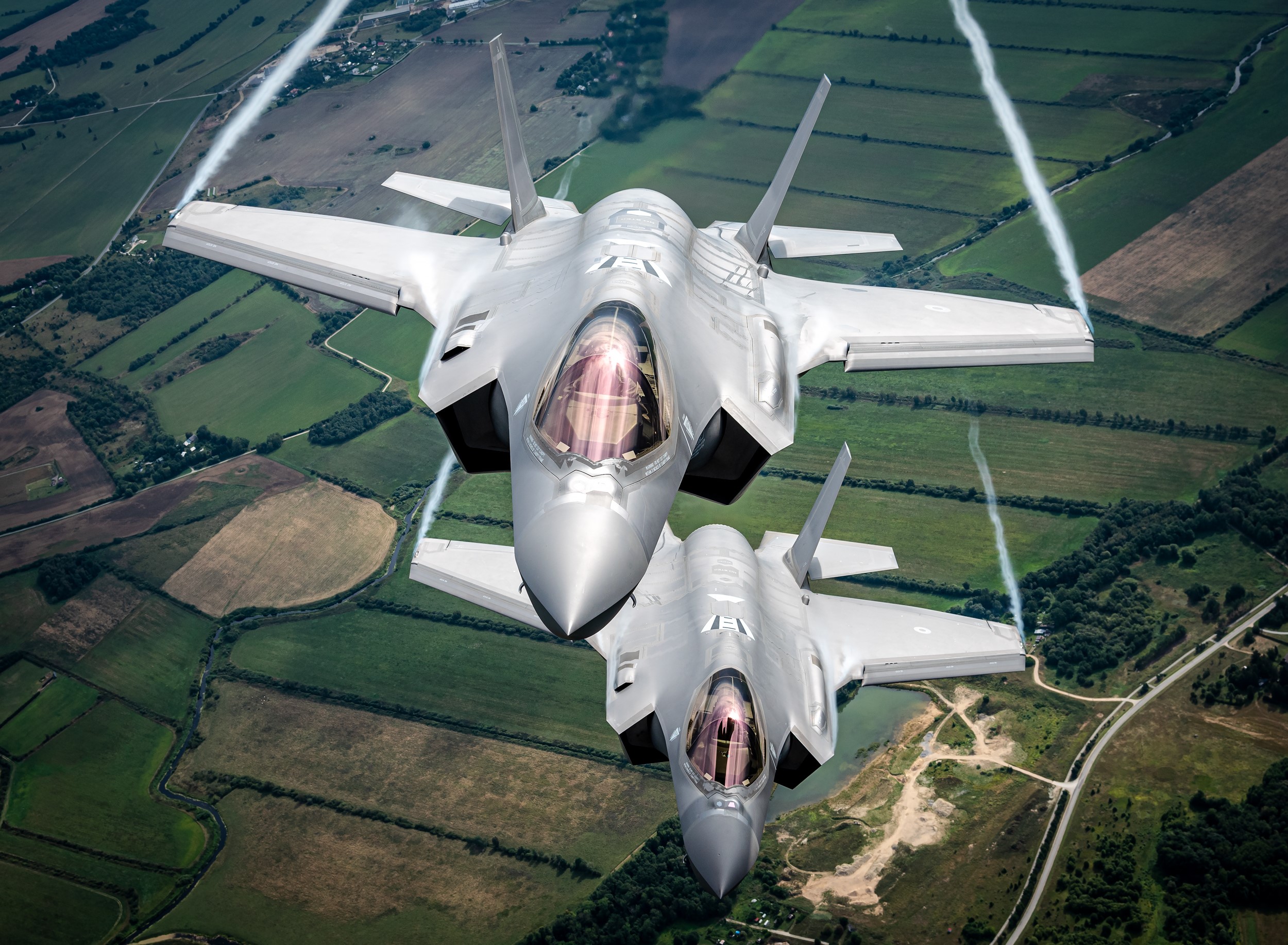
This type of new aircraft clearly has massive implications for the current predicament in Eastern Europe. With this new aircraft, it would be easy for NATO aircraft to fly over hostile territory, unseen to the enemy (in this case Russia) and monitor troop deployments, gather intelligence on missile sites and batteries, and further gain vital intelligence to the security of key strategic areas. While most new iterations of 5th generation aircraft are not as maneuverable as Russian aircraft, they make up for this disadvantage with superior stealth capabilities.
The world has already seen the F-35 being deployed to assist in NATO operations as recently as May 2021 when Italy’s Air Force “conducted the first deployment of fifth-generation fighter aircraft to NATO’s Baltic Air Policing integrating this advanced capability into collective Allied security structures”.
Norway, Poland, the Netherlands, the United States, and the United Kingdom have also been contributing F-35 aircraft to the effort. Furthermore, NATO’s Supreme Allied Commander for Europe, USAF General Tod Wolters, said in June of 2021 that it is NATO’s goal to “have 450 F-35 Joint Strike Fighters stationed in Europe by 2030”.
While the success of the F-35 and newer 5th gen aircraft can be easily seen, NATO is still lacking in aerial, surface-to-air batteries, being forced to use older and outdated models while also keeping them in short supply. Improving these batteries would form solid bonds with new additions to NATO while also improving collective security.
Russia’s continual violation of NATO’s guidelines and standards, by acting in direct contradiction to the safety and security of Europe while trying to advance their own geopolitical goals, is very serious.
Russia’s self-removal from NATO poses a great security risk to European safety and security in addition to further heightening tensions and putting other nation-states at risk. Increasing security in nations like Ukraine, Poland, and Belarus is very imperative vital to deterring Russian military threats and ensuring total security for European nations.
- (Alan C. Cunningham is pursuing MA in International Relations from Norwich University, USA. He has previously been published in the U.S. Army War College’s War Room and Small Wars Journal). VIEWS PERSONAL
- Follow EurAsian Times on Google News

